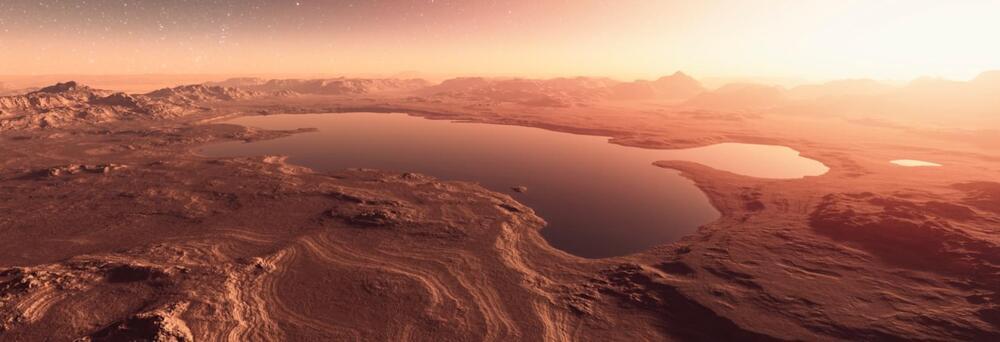While the scientific debate about the origin of water on our planet remains open, the truth is that relative to its size, Earth is more like a desert compared to other celestial bodies in our cosmic neighbourhood. Estimates vary, but there could be as much as 50 times more liquid water in the solar system than is found on Earth—an astonishing revelation that would have sounded absurd just a few decades ago. And scientists are eager to send spacecraft to this extraterrestrial water in the hope of discovering conditions suitable for life.
Apart from Earth, the inner solar system—containing the four planets closest to the Sun—is largely devoid of liquid water. On Mercury and Venus liquid water simply boils away, while on Mars any liquid water would quickly freeze or evaporate due to the low atmospheric pressure and temperature. Although there is some intriguing evidence that liquid water may exist beneath the Martian southern polar ice cap, the amounts would be very small compared to those found on Earth.
Paradoxically, to find to find an unexpected abundance of liquid water, we must venture into the frigid depths of the outer solar system, far from the warmth of the Sun. There, deep beneath the frozen surfaces of moons orbiting the gas giants Jupiter, Saturn, Uranus and Neptune, scientists have found strong evidence of vast oceans. But how can water remain liquid in such an extremely cold environment, where the Sun is only a faint glow in the sky and the warmest surface temperatures are always well below zero?










Comments are closed.